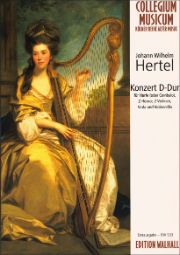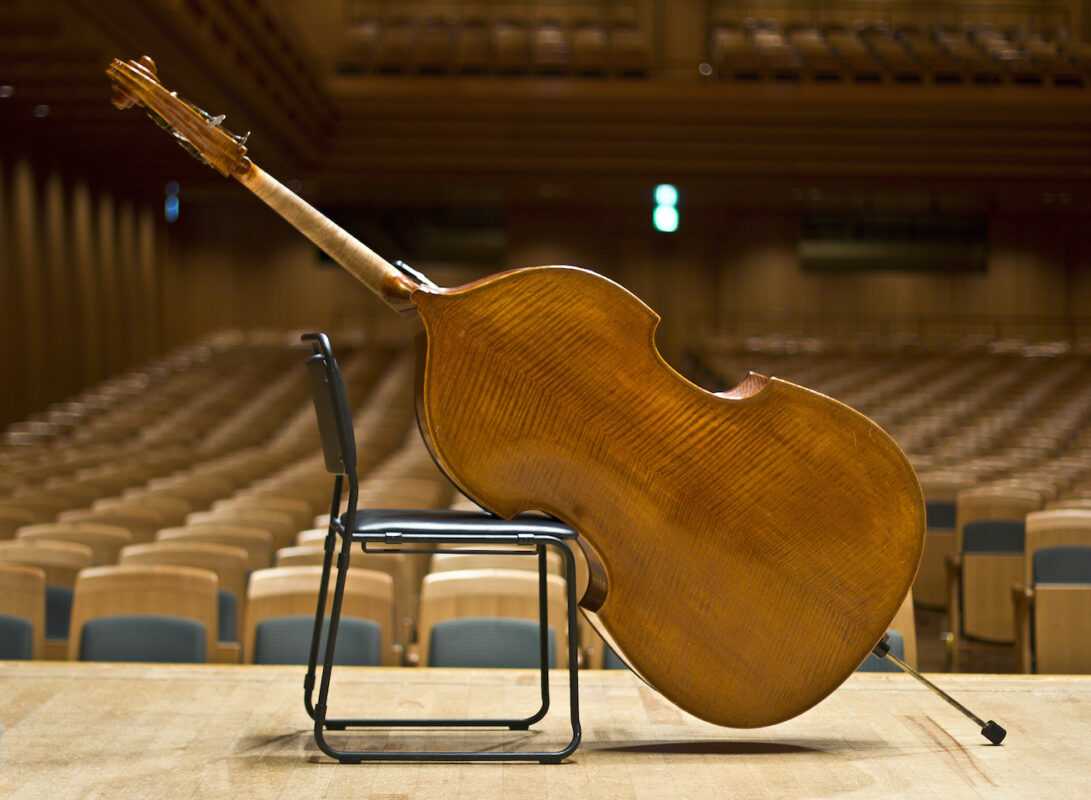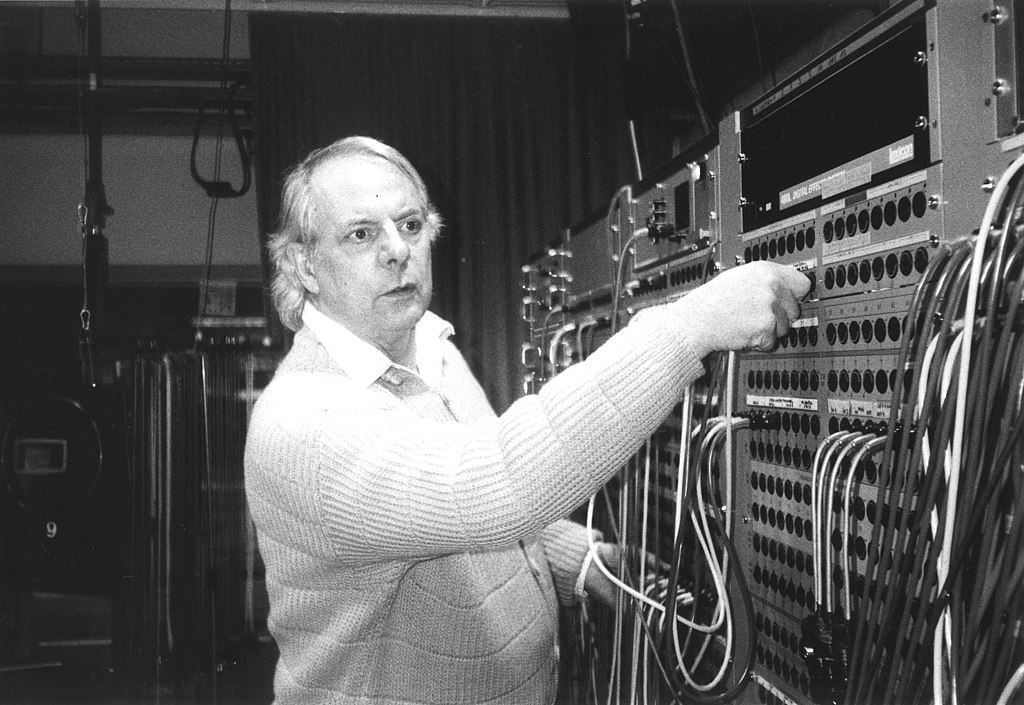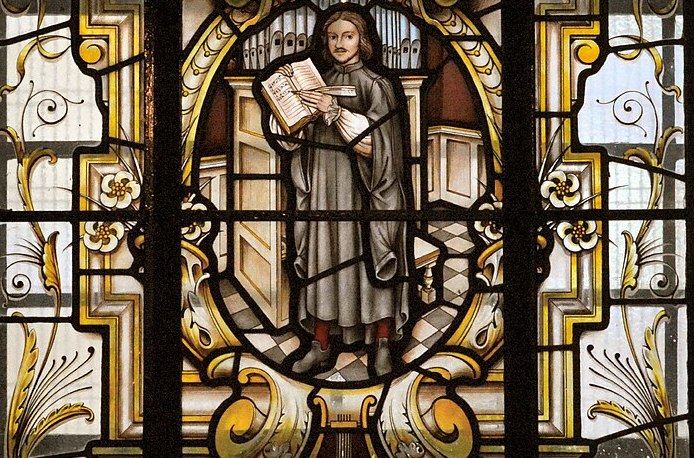Rhythmic diversity
An enrichment of the harp repertoire in a sensitive style.
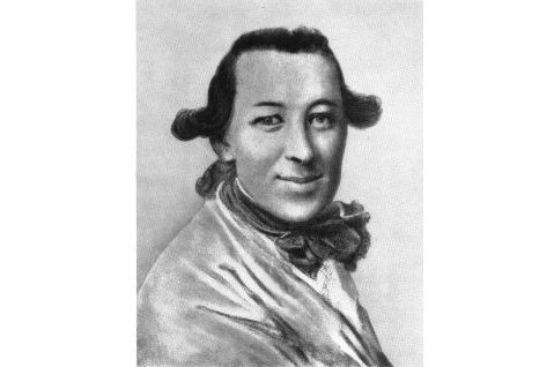
We are very grateful to harpist Johanna Seitz for publishing a second harp concerto by Johann Wilhelm Hertel. In an extremely informative preface, we learn that the harpsichordist Hertel was well acquainted with the technical possibilities of the harp and may have written his three concertos (in F major, D major and G major) for the daughter of the famous harpist Franz Petrini.
This concerto in D major dates from the period of the sensitive style (early classical) and calls for an orchestra consisting of two horns, violins, viola and cello. While the orchestra plays a strongly rhythmic opening motif on an insistent note, this motif is very lightly and playfully interwoven by the harp. The second movement is elegant, although the solo harp part also plays ornate capers here. The concerto ends on an upbeat note with a Vivace.
It is noticeable that Hertel had a preference for rhythmic variety: as if he were improvising his solos, quavers, semiquavers, triplets and ornaments appear within a phrase. He often plays with syncopation. This makes the music seem lively, cheerful and light and never boring, although the concerto is quite simple in harmonic terms. It was probably written for the baroque harp, possibly for the single pedal harp. All three movements remain in D major.
Thanks to entertaining motifs and great transparency, the harp part is very easy to play. The concert will be a very welcome addition to our repertoire.
Johann Wilhelm Hertel, Concerto in D major for harp (or harpsichord), 2 horns, 2 violins, viola and violoncello, first edition, score, EW 533, € 22.50, Edition Walhall, Magdeburg 2011






